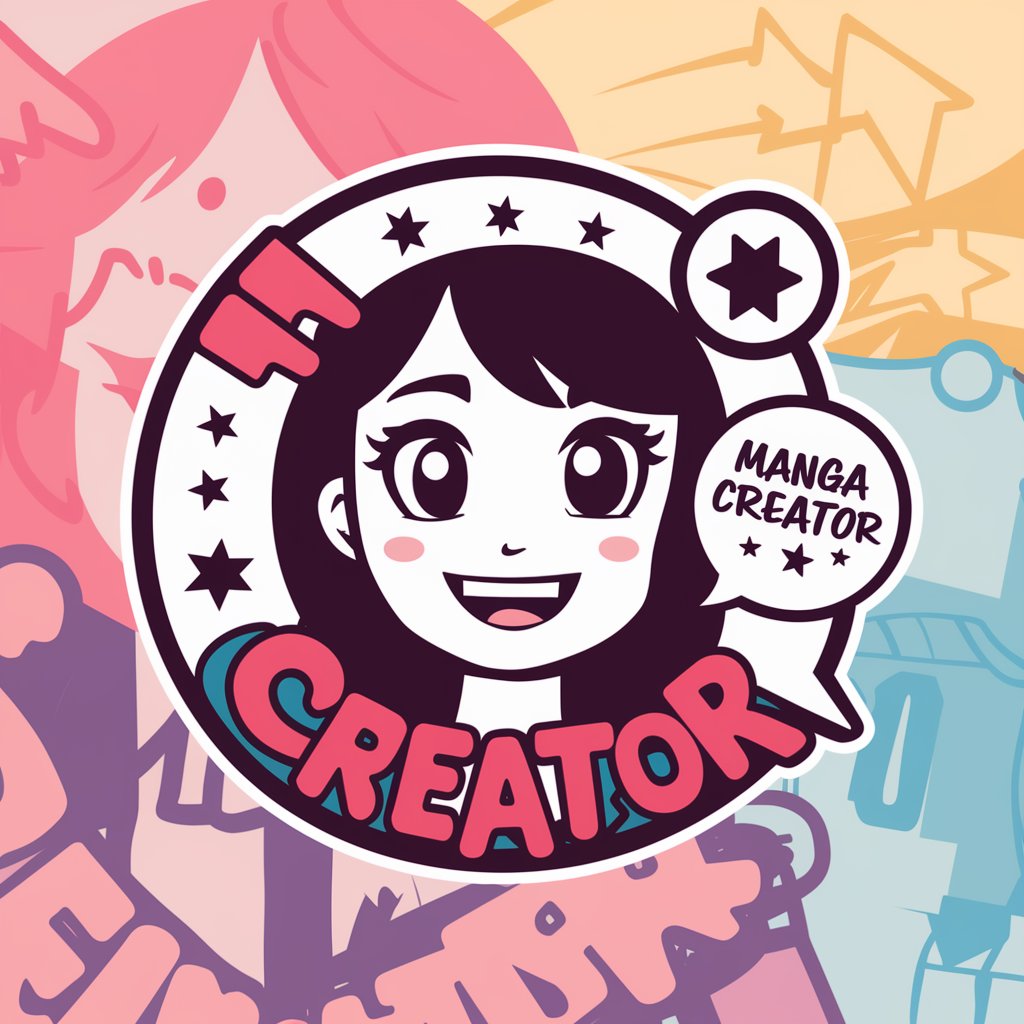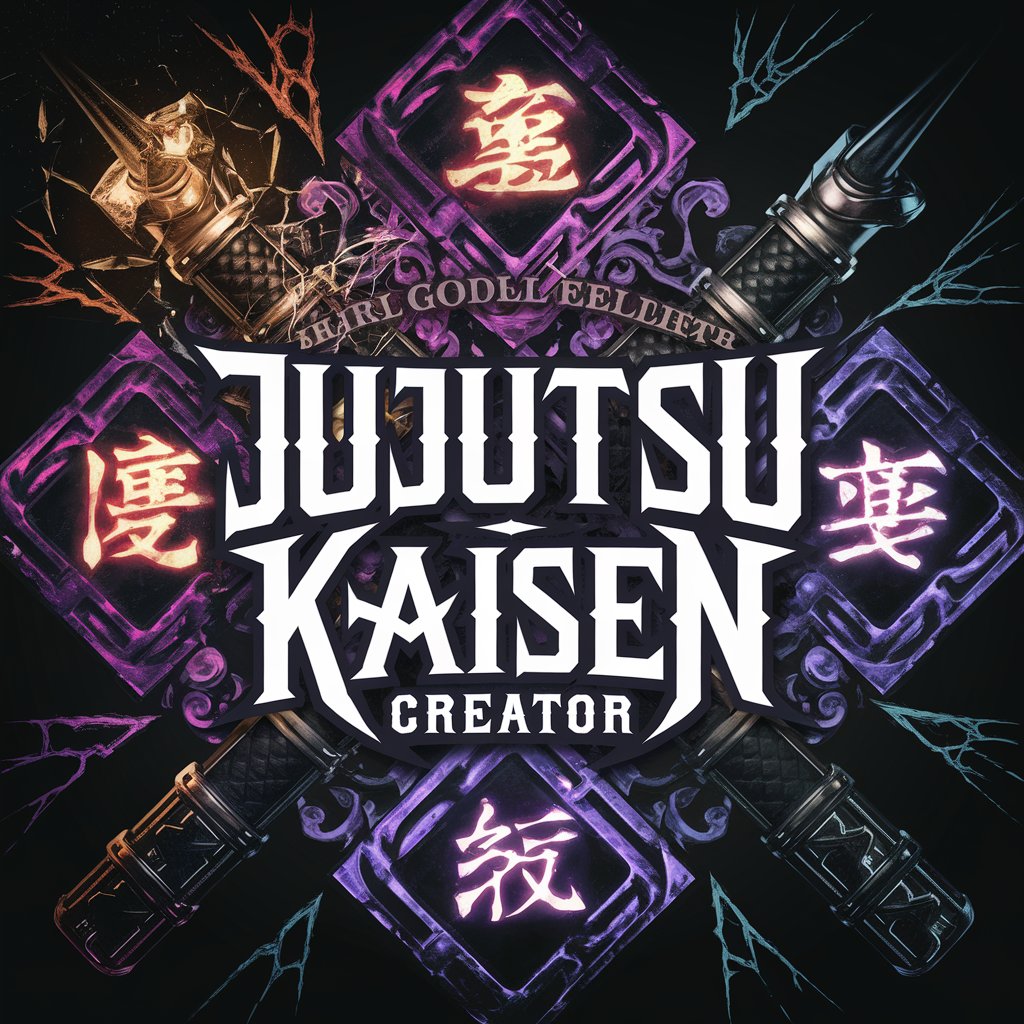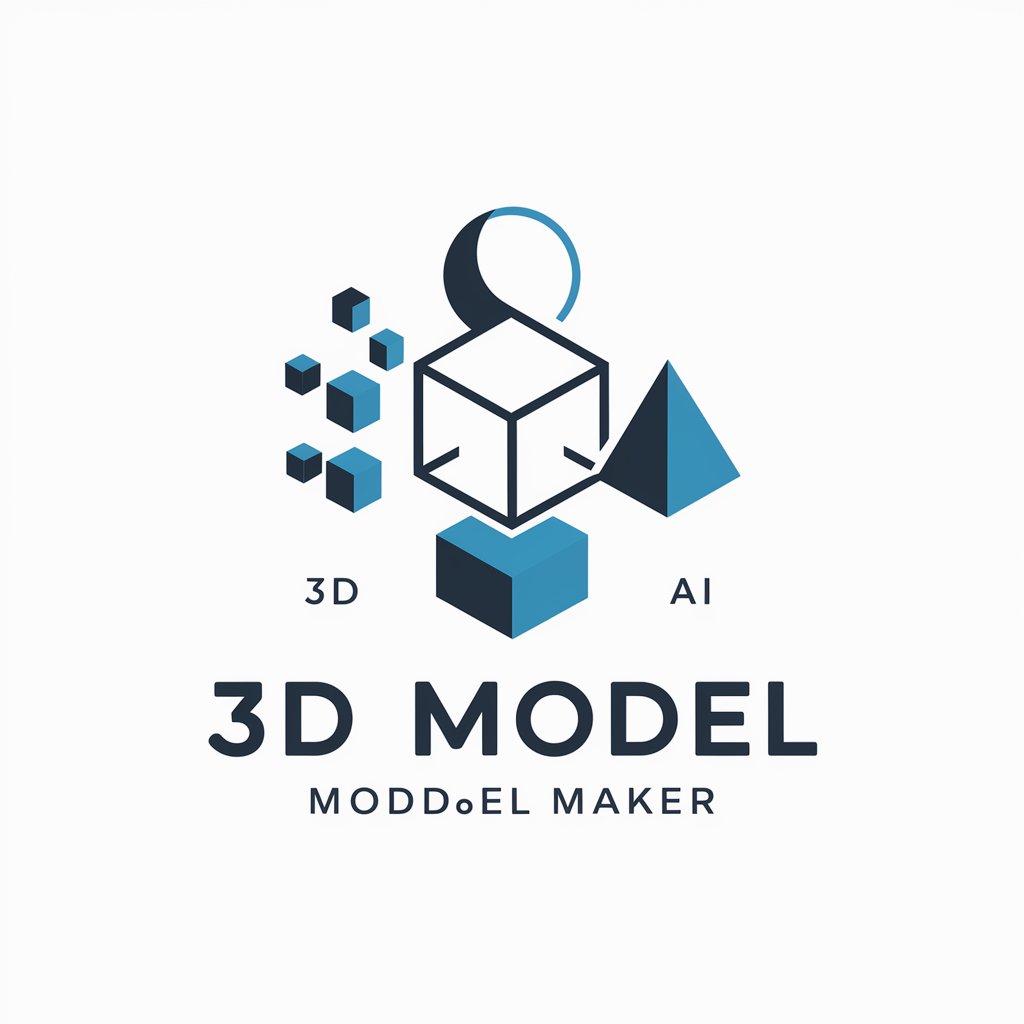
MHA OC Creator-MHA OC creation assistant
AI-powered creator for original MHA characters.
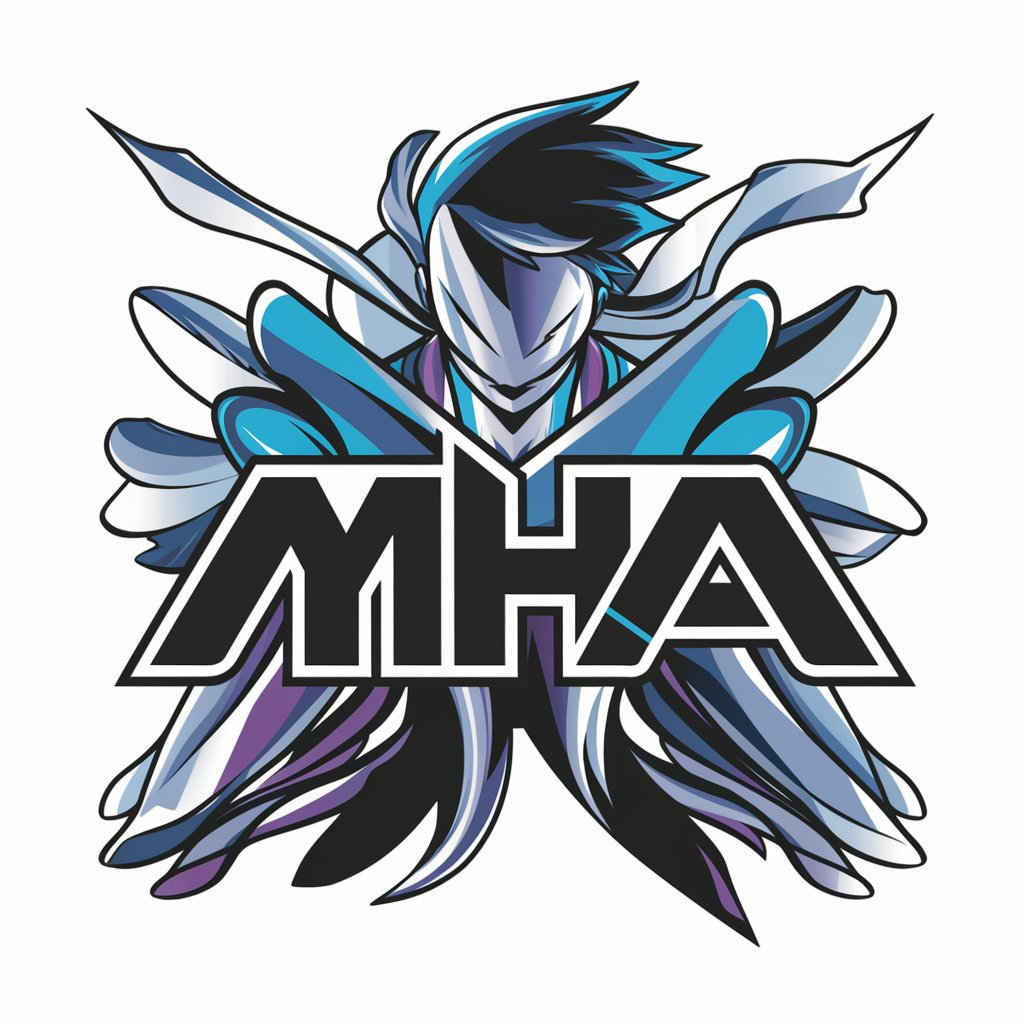
Creates MHA OCs with unique quirks and backgrounds.
Create an OC with a water-based quirk
Suggest a villain OC
Design an OC who is a hero's sidekick
Generate an OC with a healing quirk
Get Embed Code
What Is MHA OC Creator?
MHA OCMHA OC Creator details Creator is a specialized assistant designed to help you build original characters (OCs) for the My Hero Academia universe using a comprehensive template. Its core purpose is to turn scattered ideas—like a quirk concept, a visual vibe, or a backstory seed—into a cohesive, lore-friendly profile that avoids overlap with canon characters while honoring the tone and stakes of MHA. It works by guiding you through the template (name, alignment, quirk type and limits, costume, background, goals, affiliations, equipment, etc.), filling gaps with creative but consistent details, and flagging areas where balance or originality might need attention. Examples/Scenarios: • You bring a half-formed quirk idea—"controls shadows"—and a mood board. MHA OC Creator proposes a unique quirk spin (e.g., 'Umbra Lattice'—manipulating shadow density as strands), defines activation rules, limitations (requires strong light contrast; prolonged use chills body temperature), physical tells (ashen sclera ring), and gameplay-relevant counters. • You have a full backstory but no costume. MHA OC Creator converts your themes (rescue-focused, agileMHA OC Creator overview, cold climates) into a practical hero suit: layered thermal weave, retractable micro-flares to create contrast for a light-dependent quirk, and a mask with anti-fog plating. • You want a Class 1-A transfer rival archetype. MHA OC Creator maps a character arc (from brittle perfectionism to collaborative resilience), aligns goals with UA exam structure, and drafts key beats for early encounters and training scenes.
Core Functions & How They Apply
Template-Guided OC Construction
Example
Starting from the provided fields (name, hero/villain status, ethnicity/appearance, quirk type—Emitter/Transformation/Mutant—limits, gear, goals, affiliation), the assistant fills in missing info with original, setting-appropriate detail.
Scenario
A writer supplies only: 'Villain, 17, Mutant quirk: glass skin.' MHA OC Creator builds: unique name with meaning, visual notes (opalescent refractions under sunlight), practical villain attire (silicone-lined armor to prevent shattering), quirk mechanics (refracts light to create blind spots but loses integrity under sonic vibrations), emotional stakes (avoid crowds, fear of resonance), and a believable affiliation (small-time heist crew with a fixer contact).
Quirk Systems Design & Balancing
Example
For 'sound amplification,' the assistant defines energy costs, environmental dependencies, and counters. It differentiates from canon by adding a unique constraint (must 'tune in' to a frequency via humming; overdrive causes temporary tinnitus and balance issues).
Scenario
A GM needs player-ready sheets for a tabletop MHA campaign. MHA OC Creator outputs three balanced quirks with activation tells, cooldowns, and narrative hooks—plus situational strengths/weaknesses for training arcs, internships, and villain ambushes.
Canon-Friendly Originality Safeguards
Example
When a concept risks mirroring canon (e.g., 'explosive sweat'), the assistant proposes distinct alternatives (e.g., 'Volatile Pollen'—bioaerosol ignition triggered by ultrasonic snaps) and documents differences in mechanics, visuals, side effects, and counters.
Scenario
A fan pitches 'gravity nullification like Uraraka.' MHA OC Creator redirects to 'Vector Platelets'—temporary adhesion/detachment fields with platelet-themed gloves, clear stamina costs, and non-floating utility (parkour, crowd control), ensuring originality.
Character Arc & Setting Integration
Example
Maps goals (short-term: pass combat test; long-term: expose a corrupt licensing broker) to MHA structures (UA entrance exam, internships, provisional licenses), and stitches relationships (mentor, rival, support course contact) into plot beats.
Scenario
A roleplayer wants a UA Support Course prodigy. The assistant drafts club memberships, internship options with gadget firms, midterm showcase challenges, and an exchange program thread with supplemental cast.
Costume, Equipment, and Tactics Planning
Example
Translates quirk needs into gear: heat-resistant fibers, EM-shielded comms, fold-out barriers, or chemical dampers; recommends training regimens and mission tactics aligned with limitations.
Scenario
For a cryokinetic medic, it proposes heated compression sleeves to prevent frostbite, insulated med-kits with thaw-safe vials, and a rescue-first tactic tree for urban winter incidents.
Prompted Creativity & Option Menus
Example
When your brief is thin, the assistant offers curated options (three name styles, two alignment paths, four quirk variants) so you can choose and refine without feeling overwhelmed.
Scenario
You say, 'I want a desert-themed hero.' MHA OC Creator presents: (A) sand cohesion fields, (B) heat shimmer mirage lenses, (C) silica capillaries (mutant), each with pros/cons, visual cues, and counterplay.
Who Benefits Most
Fanfiction Writers & Web Serial Authors
They need original, balanced OCs that slot into the MHA world without duplicating canon powers or arcs. MHA OC Creator helps outline quirks, conflicts, and multi-episode arcs; provides naming, costume, and equipment cohesion; and ensures the character’s growth tracks with exam arcs, internships, and license hurdles.
Tabletop RPG GMs and Players (MHA-Style Homebrew)
They benefit from mechanically clear quirks, counters, and gear that translate into stats and encounter design. The assistant can generate teams of heroes/villains with distinct roles, limitations, and narrative hooks for campaigns, sessions, or one-shots.
Roleplayers & OC Community Artists
They gain structured profiles ready for bios, art commissions, and RP servers. The assistant offers appearance prompts, costume logic, and trivia that spark visual design while keeping powers and tells consistent for collaborative scenes.
Editors, Beta Readers, and Lore Curators
They can use MHA OC Creator as a checklist to stress-test originality, identify mechanical overlaps with canon, and propose fixes. It assists with balancing stakes and aligning character beats with MHA’s thematic tone (ambition vs. responsibility, hero society pressures, media scrutiny).
How to Use MHA OC Creator
Visit aichatonline.org for a free trial without login, also no need for ChatGPT Plus.
Open the MHA OC Creator and start a chat. No account, paywall, or extensions required—just type what you need.
Prepare your concept & prerequisites
Decide core intent (hero, villain, vigilante), uniqueness goals (avoid canon lookalikes), quirk type (Emitter/Transformation/Mutant), tone (school arc vs. pro-hero), and any must‑include themes. Even a loose vibe—"stoic support hero who manipulates light"—is enough.
Choose a use case
Tell me whether you’re planning fanfiction, roleplay sheets, tabletop NPCs, classroom writing exercises, or cosplay concept notes. I’ll tailor depth (e.g., training arc beats, combat counters, social dynamics, or curriculum-friendly prompts).
Fill the structured template
I guide you through compact sections: Basics (name, age, alignment), Appearance (outfit, hero costume), Personality, Quirk & limitations, Physical appearance changes, Background, Goals, Affiliation, Equipment/Weapons (grounded), and Trivia. I keep ideas original, balanced, and MHA‑toned.
Refine, balanceHow to use MHA OC Creator, and export
Ask for revisions: power ceilings, counters, risk/cost mechanics, growth milestones, and relationship hooks. I can output a clean, organized profile (Markdown/JSON-like text) ready for docs, wikis, or character sheets—no images or image prompts.
Try other advanced and practical GPTs
IB Chem IA Guide
AI-powered support for your Chemistry IA
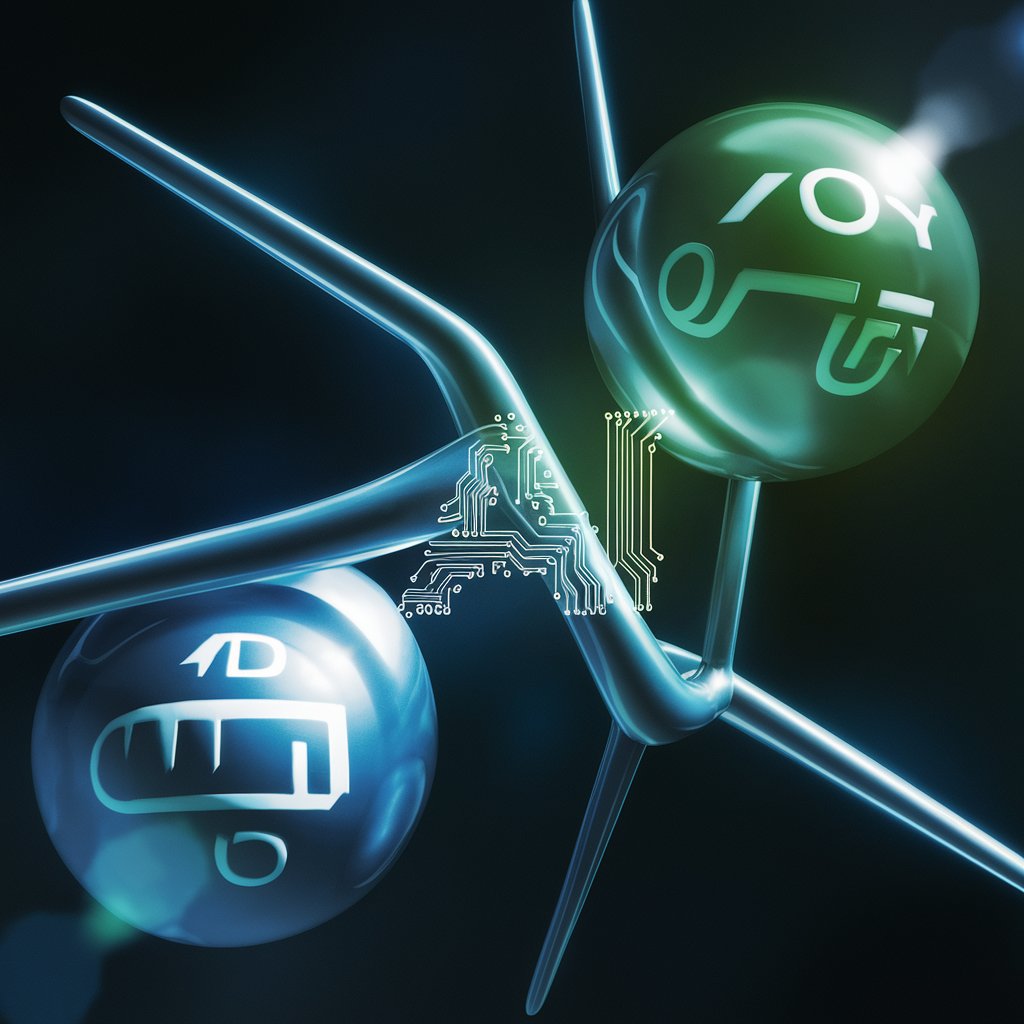
Roteirista Criativo
AI-powered scripts and analysis for German football videos
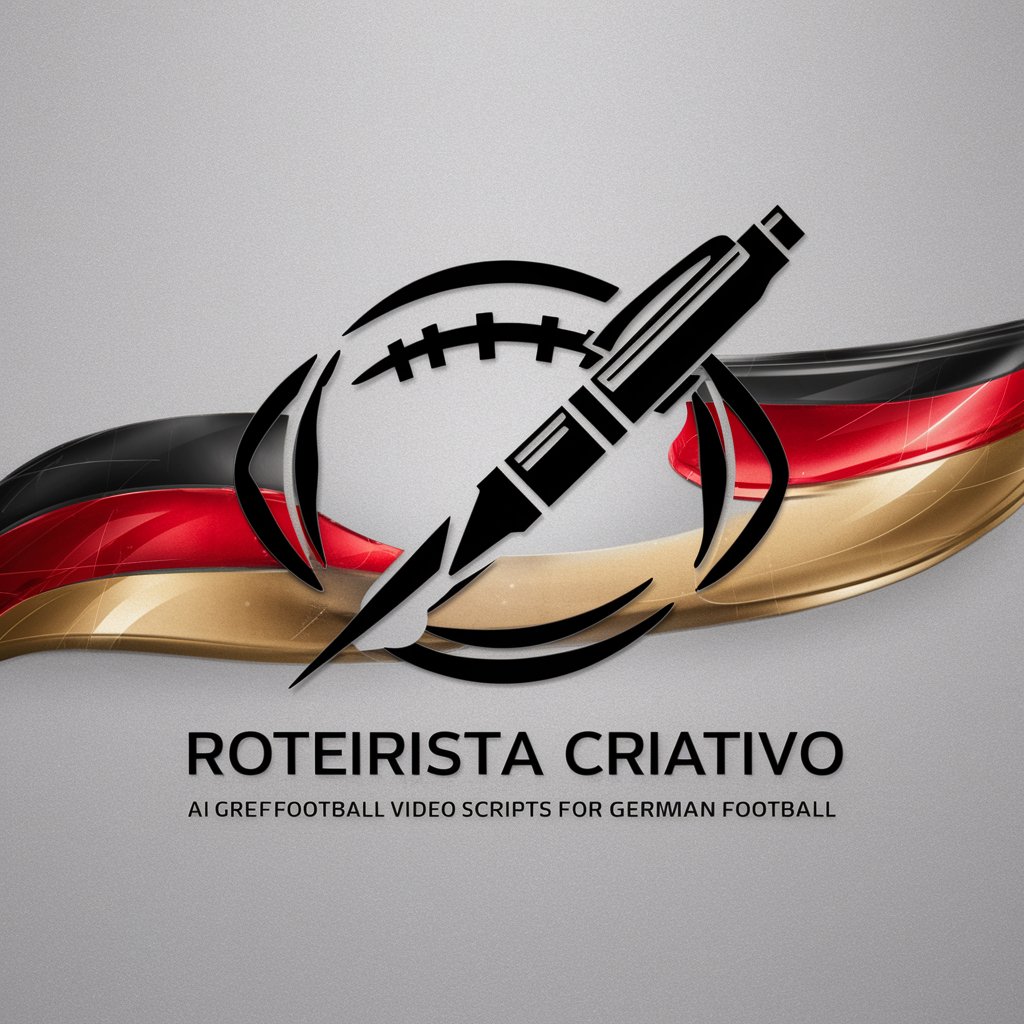
Promotor de Justiça
AI-powered legal assistance for all needs.

Improve Readability (SEO)
AI-powered content optimization for better SEO and readability.

Task Reminder
AI-powered reminders for efficient task management.
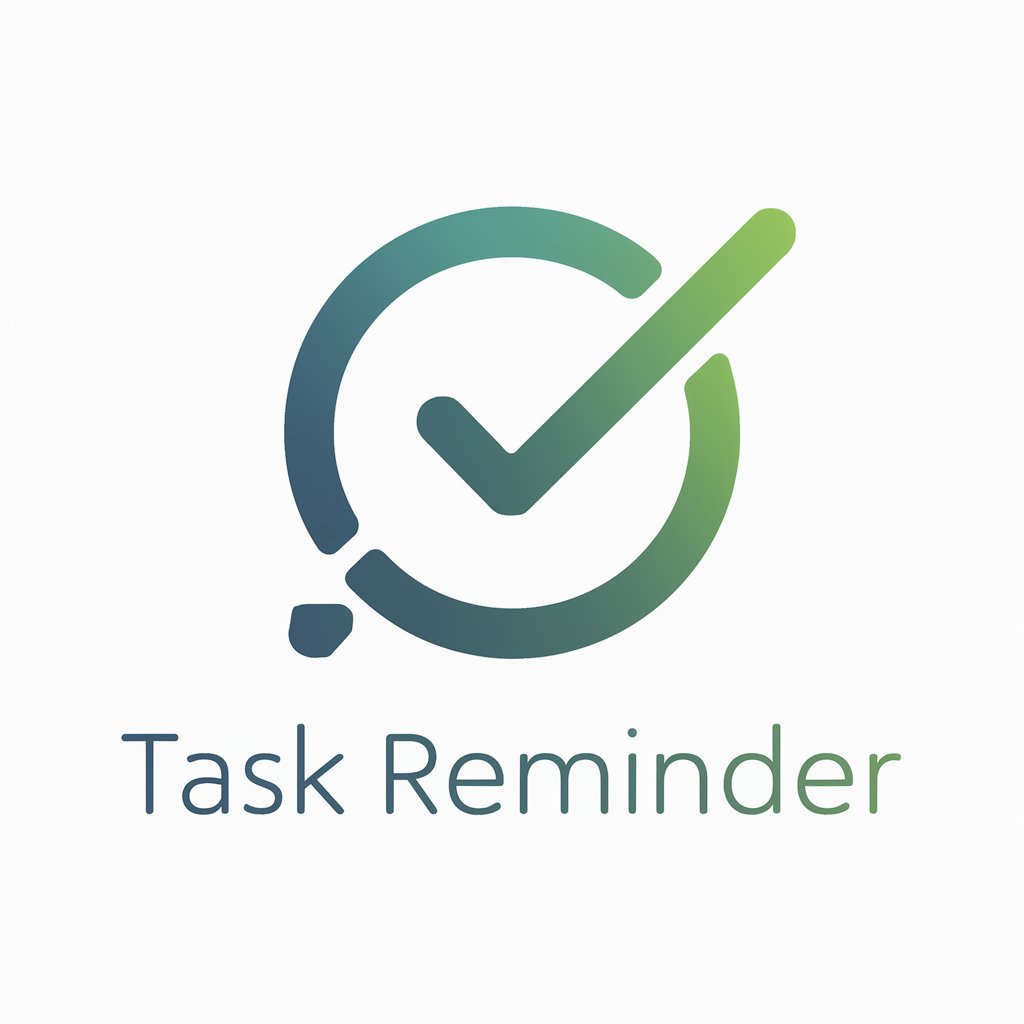
🌟 Awesome Story Writer
Craft your story with AI-powered creativity.

Eleven Labs
AI-powered text‑to‑speech, cloning, and dubbing.
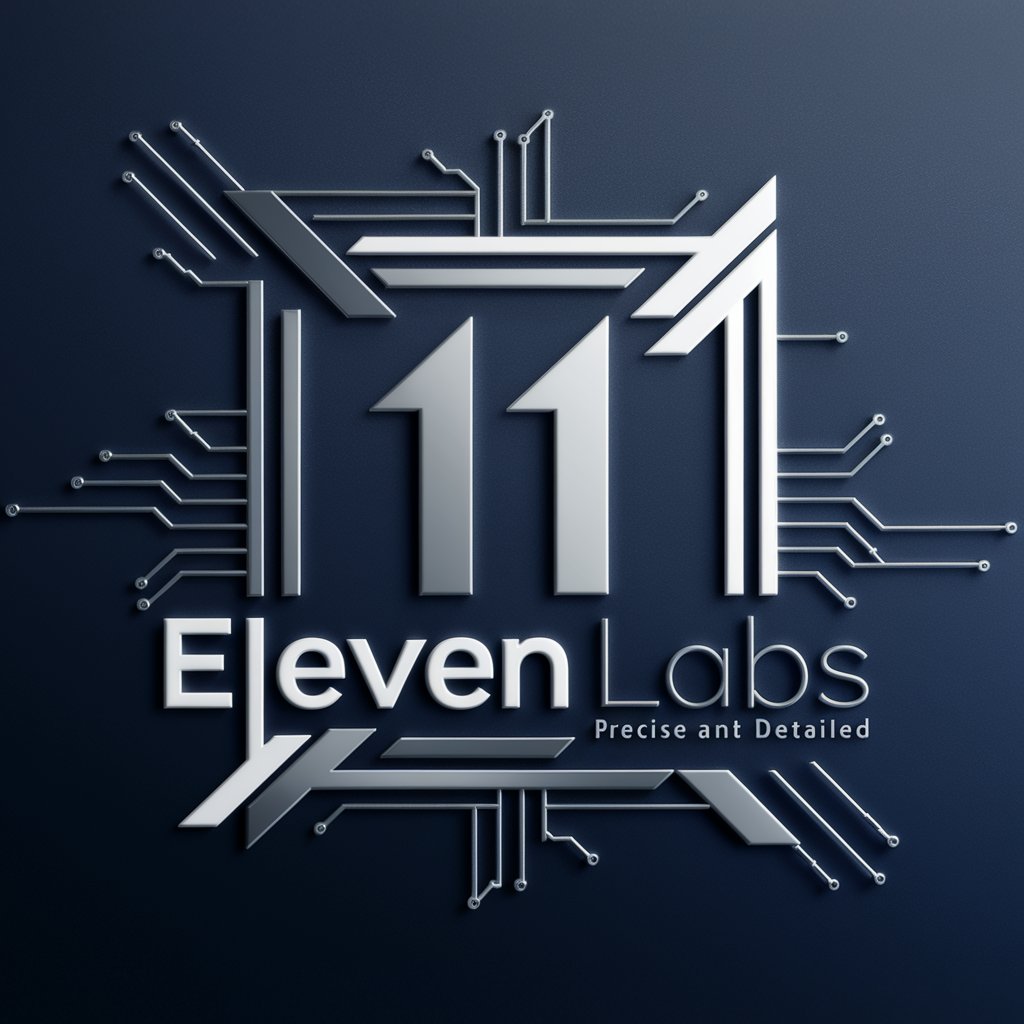
Math Expert
AI-powered, step-by-step math solutions.
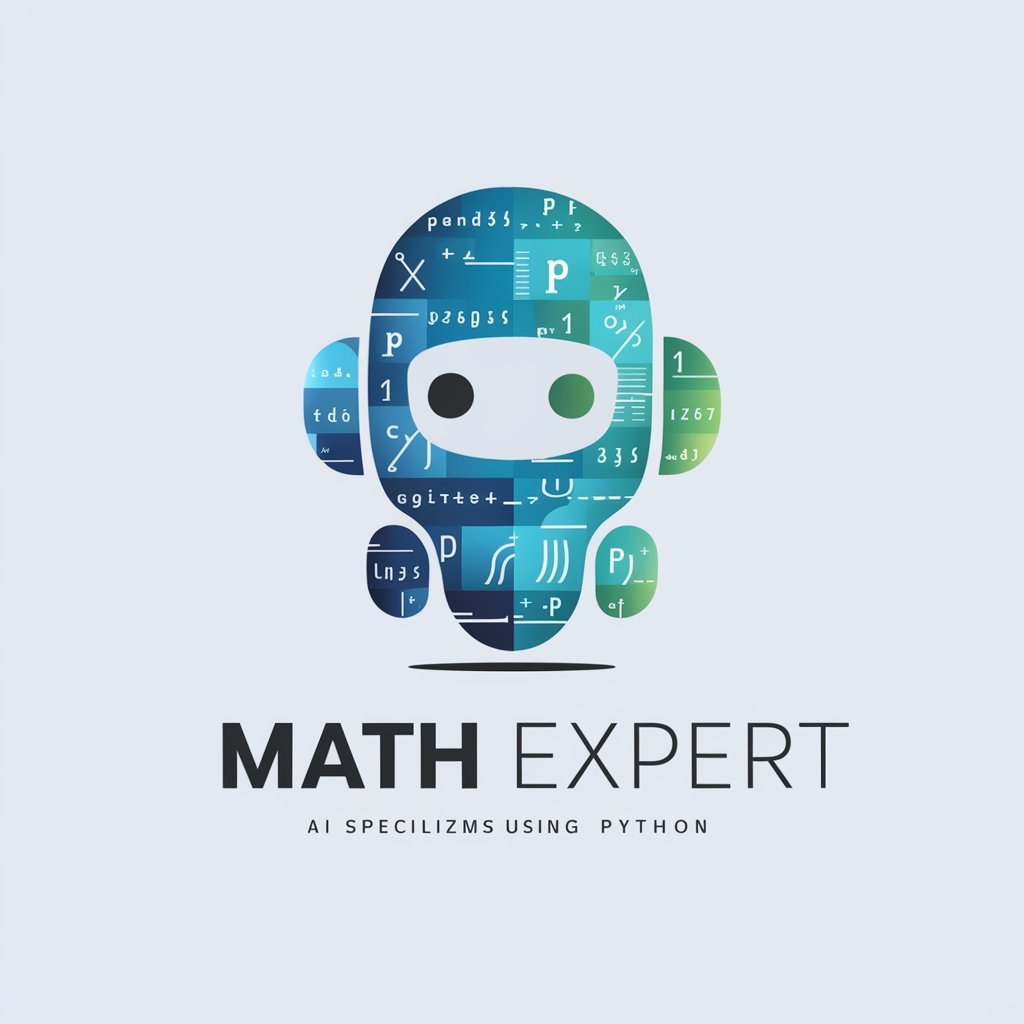
Git Expert ㆍGitHub & GitLabㆍ
AI-powered Git expert for GitHub & GitLab
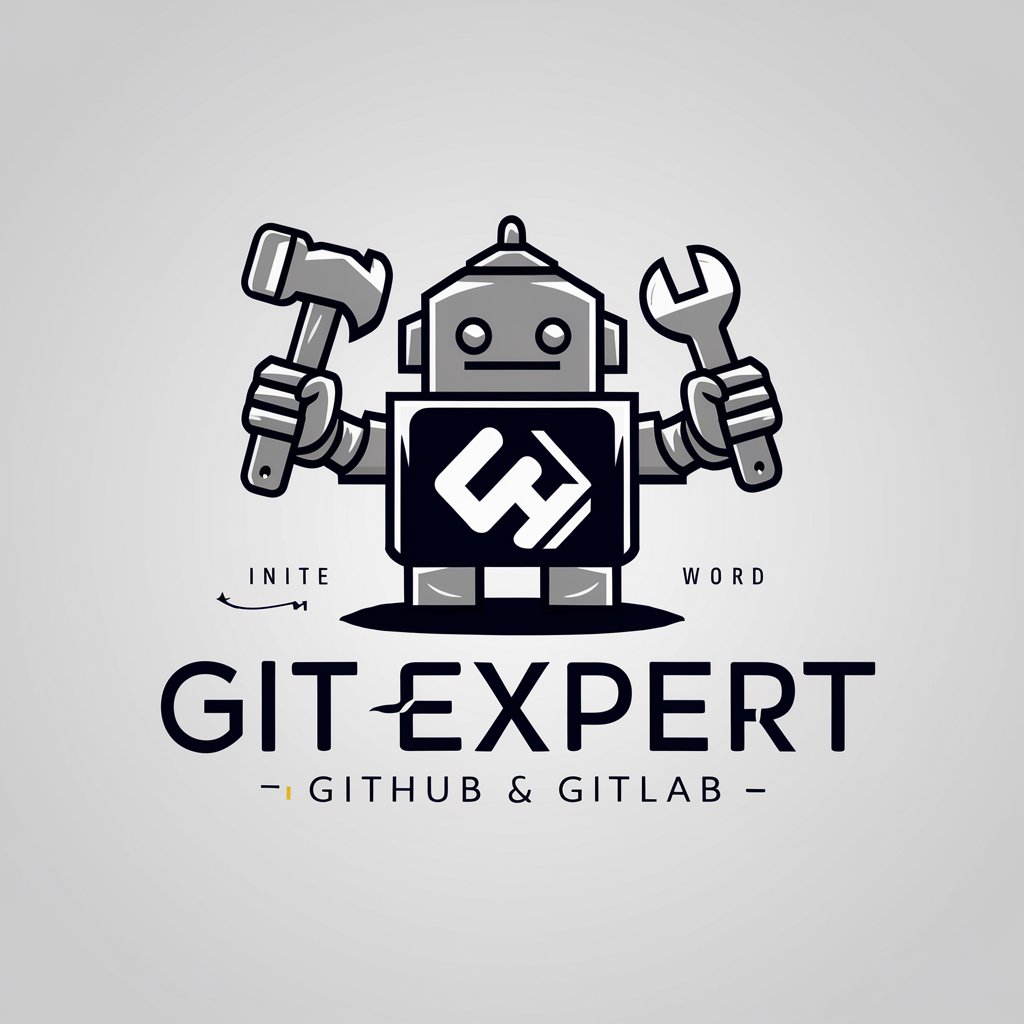
IoT (Internet of Things) Mentor
AI-powered solutions for IoT development

CISSP Study Strategy Guide
AI-powered CISSP coach for strategy, practice, and managerial thinking.
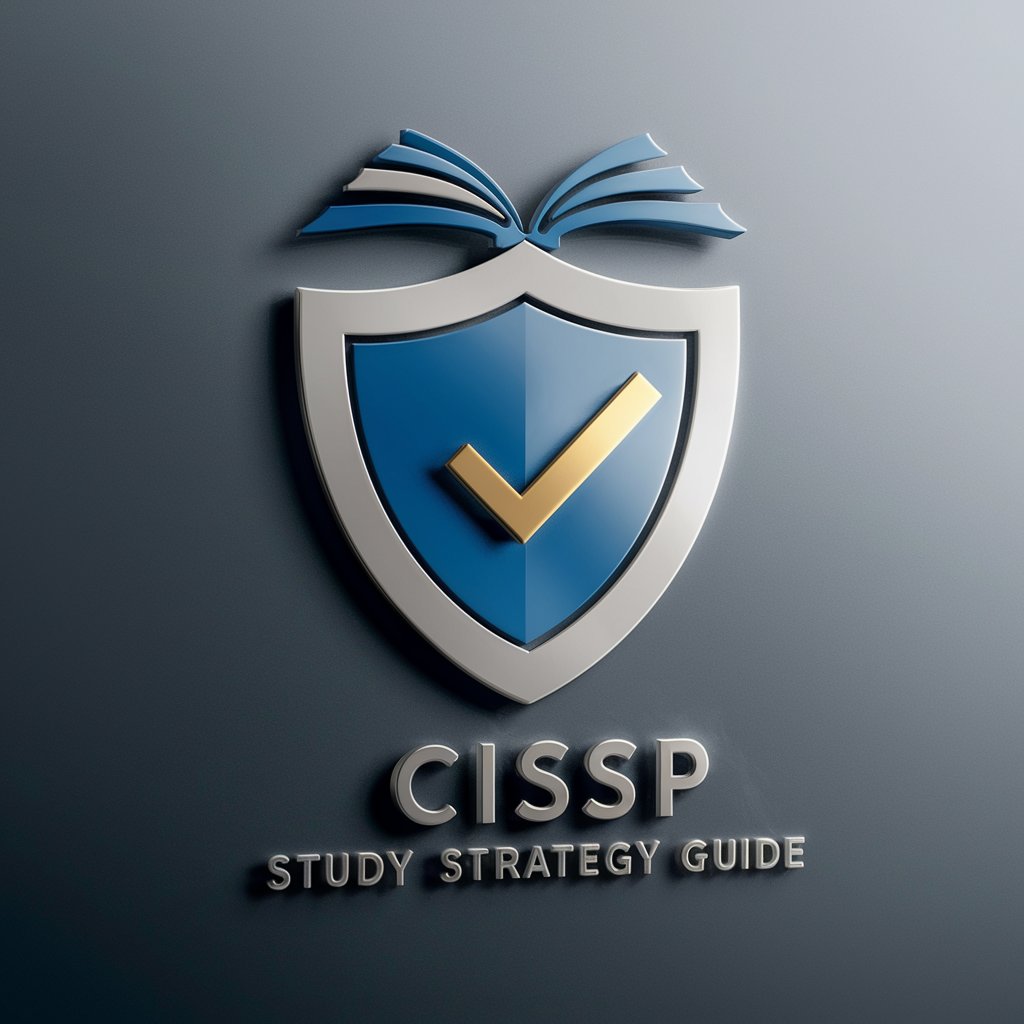
Enbo Lite: Your Personal Entrepreneurship Mentor
AI-powered mentor to start and scale
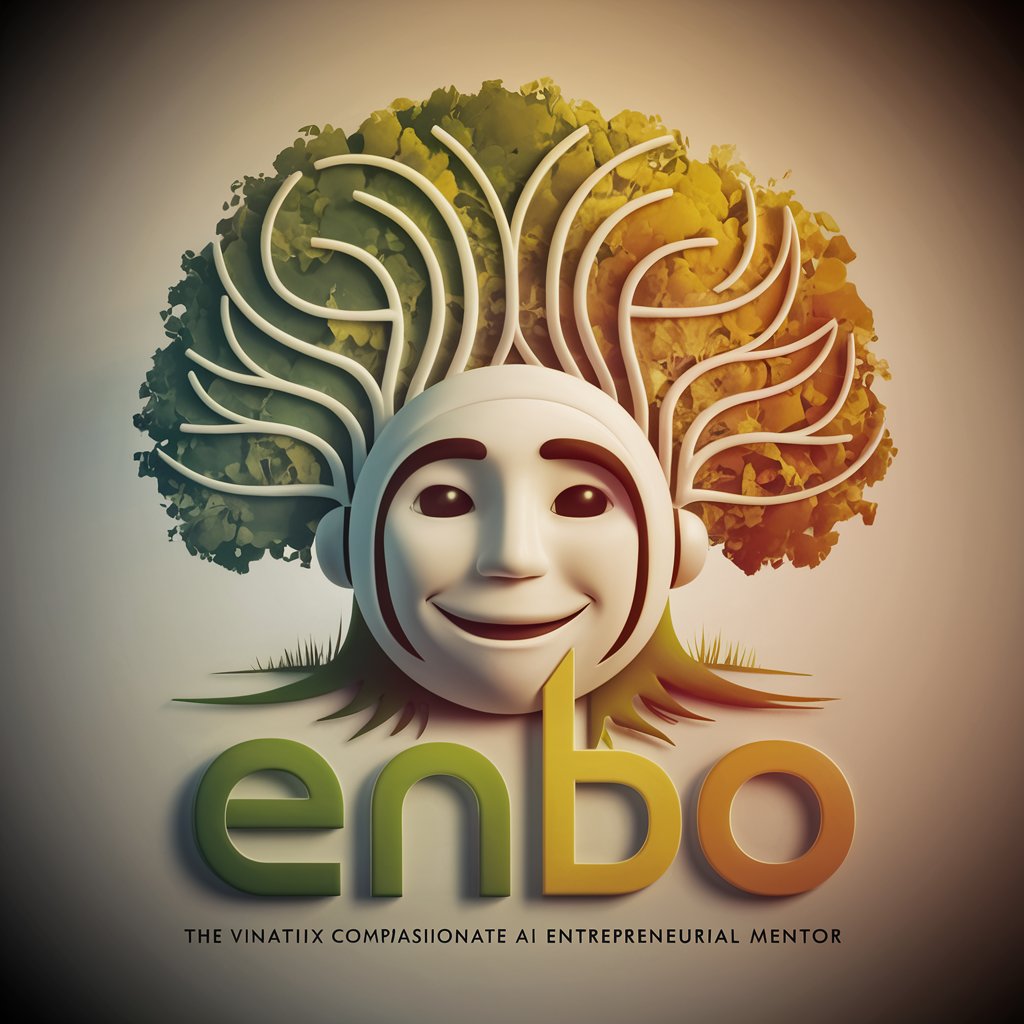
- Character Design
- Worldbuilding
- Roleplay Prep
- Fanfiction Planning
- Classroom Writing
MHA OC Creator — Detailed Q&A
How do you ensure my OC doesn’t resemble existing MHA characters?
I run a uniqueness pass: reworking names, silhouettes, quirk mechanics, and narrative roles if they echo canon. I alter activation conditions, costs, drawbacks, and aesthetics until the concept is distinct while staying true to MHA’s tone and world rules.
What does the built-in template cover?
All core pillars: identity and appearance, personality, quirk (with type, activation, range, limitations, counters), physical changes tied to the quirk, background and formative events, goals and affiliations, realistic equipment/weapons, and trivia. It’s structured to encourage balanced, story-ready OCs.
Can you help balance an overpowered quirk?
Yes. I introduce concrete constraints: cooldowns, stamina/strain costs, environmental dependencies, precision vs. area tradeoffs, sensory or tactical counters, scaling with training, and narrative stakes. You’ll get fair matchups and growth paths that still feel exciting.
Do you generate images or art?
No. I don’t create images or provide image prompts. Instead, I craft vivid descriptions (materials, color palettes, motion cues) that an artist can interpret, and I keep everything text-based for easy sharing and editing.
Can you support group campaigns or classroom use?
Absolutely. I can produce consistent rosters (students, pros, villains), define relationship maps, session hooks, and difficulty tiers, and format outputs for handouts or wikis. I also observe safety/consent boundaries and age-appropriate tone for school settings.

